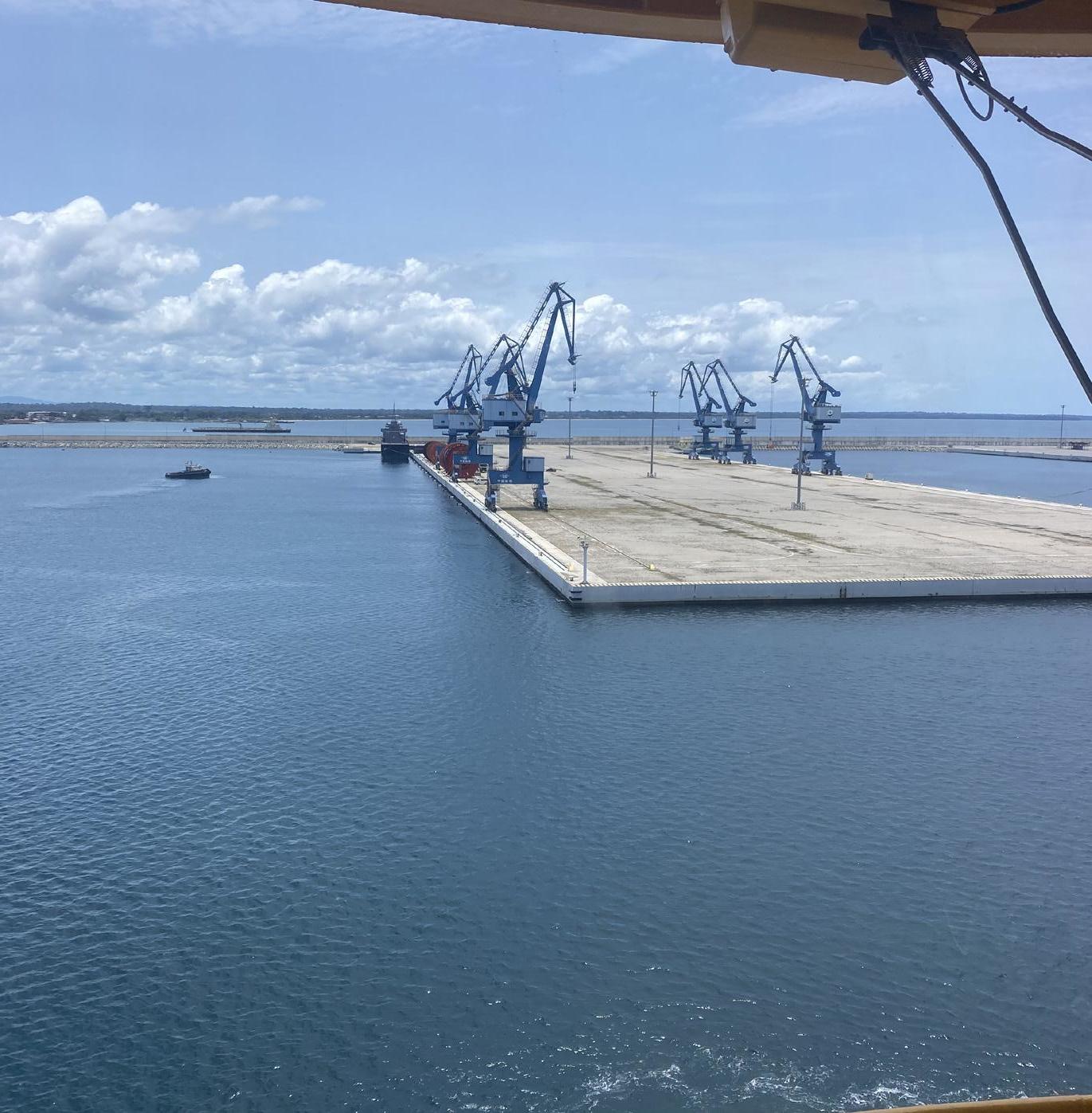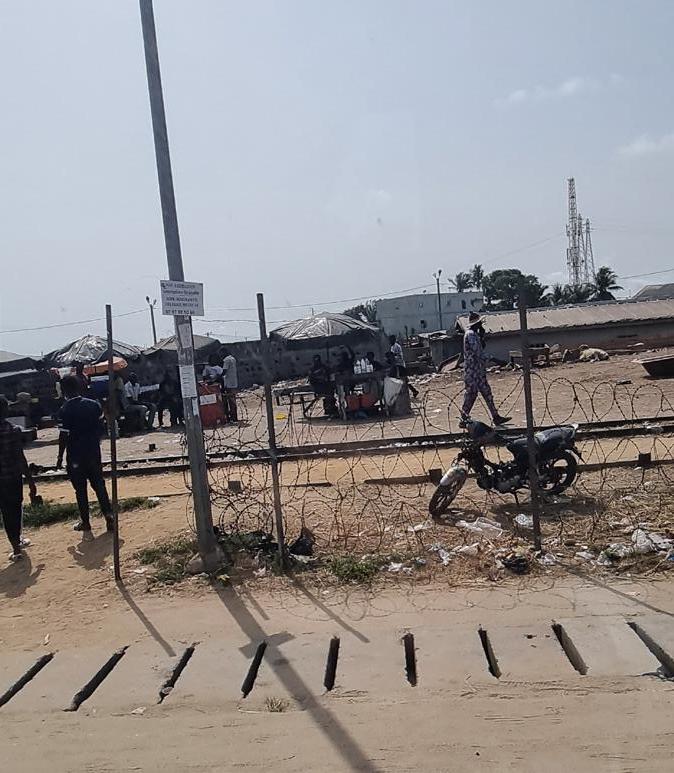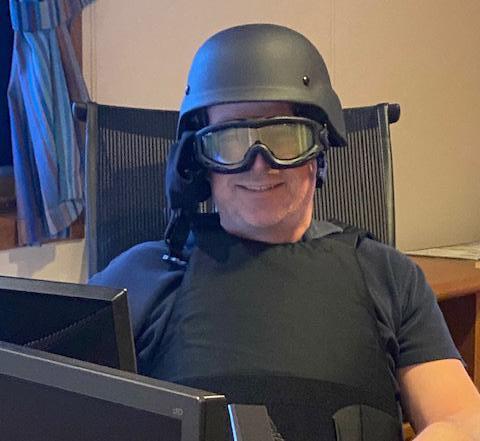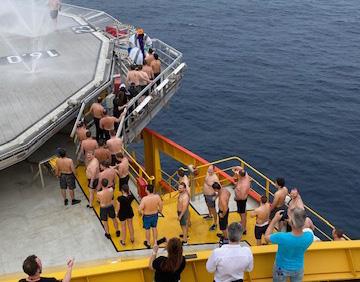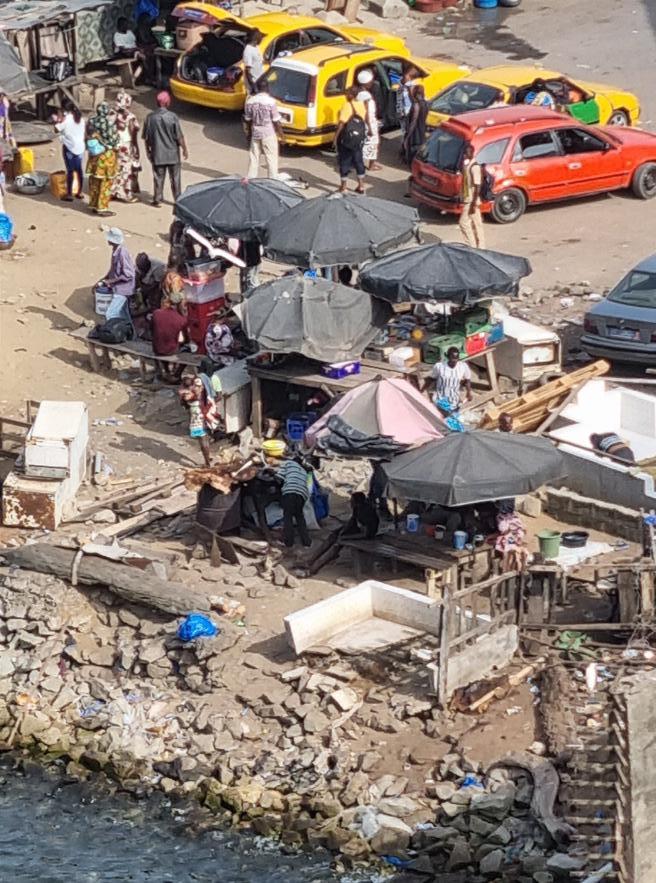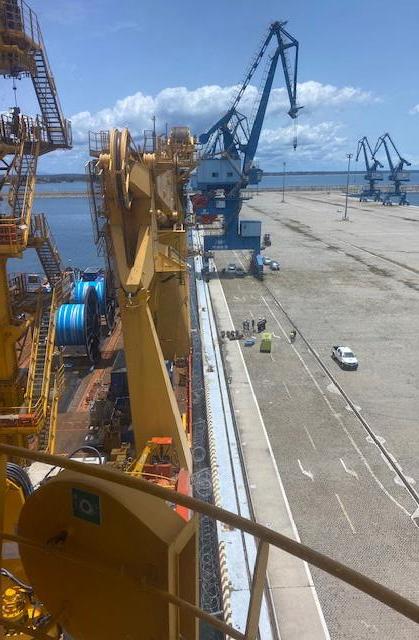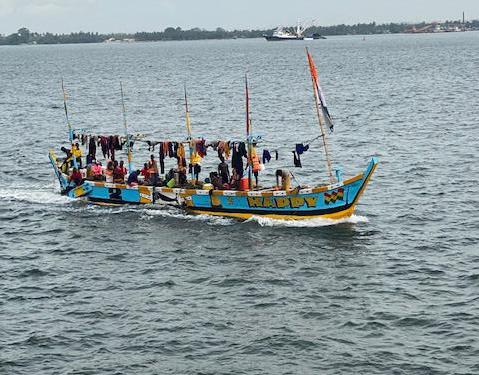
7 minute read
Smooth operation in hazardous waters
Chief Officer Jim Ivar Berg talks about this summer’s exciting operation on the coast of West Africa. Edda Freya sailed to West Africa to carry out work in an area well-known for the activities of pirates. Despite the threat of piracy and the ongoing pandemic, the contract was completed without any problems.
BY HELENE B. HELGELAND // PYX
Advertisement
DETAILED PLANNING
The area through which Edda Freya was planning to sail to carry out its contract is defined as a war zone because of the large-scale activities of pirates based in Nigeria. In this article, Jim Ivar Berg, Chief Officer on Edda Freya, talks about how this was the first time that Edda Freya was operating in this area, and how security was the focus area at all times, beginning in the planning phase.
“You have to be well prepared before starting a voyage to an area like that, especially with a vessel as Edda Freya, which from a pirate’s perspective is considered to be ‘low and slow’”, he says. “We gathered an enormous amount of information in advance and obtained assistance from the Danish company Risk Intelligence, who assisted us in assessing the risks and prepare a number of precautions. They provided us with daily status reports of pirate attacks and other actions where crew members from various vessels had been kidnapped and taken to Nigeria. The local company Saga Subsea helped us to make Edda Freya piracy-safe”, says Berg.
Saga Subsea is familiar with the pirates’ methods, and well aware that their usual approach is to board the vessels and take hostages – the so-called Kidnap for Ransom method – where crew members are of far greater interest than their vessels. Capturing an entire vessel is a lot of work, takes a long time and requires a certain level of knowledge. Vessels are also much easier for the military and rescue organisations in the area to locate. So, the pirates get on board and search for crewmembers who they abduct and carry away as fast as possible in their speedboats. They transport their victims quickly to their bases in Nigeria from where they start demanding ransoms.
“This is why it was so important for us to make it difficult for anyone to board the vessel”, says Berg. “So, we set up a so-called anti-piracy citadel, or safe room, where the entire crew could muster in the event of an attack. A citadel is equipped with all the communications equipment we might need, together with sufficient provisions in case we had to spend some hours waiting things out. We put up barbed wire and installed 28 water nozzles all around the vessel and assigned additional watches. We also carried out several drills of potential scenarios with the crew. At night the vessel was locked down, and no-one was permitted to move around on deck after sunset.
STARTING IN ABIDJAN
Berg and his crew arrived in the Ivory Coast port of Abidjan after the first shift had sailed the vessel from the North Sea to Africa and completed a job off the coast of Abidjan.
“From there we sailed with the same crew for the rest of the assignment”, says Berg. “We were very sceptical about changing crew in Equatorial Guinea due to COVID and a
very uncertain overview of the infection level in the area. There were many inconclusive Covid tests, and if your test was inconclusive, you had to isolate for 14 days. There was no question of re-testing. We simply couldn’t take the risk, so everyone stayed on board for ten weeks”, he says.
Following the instructions from the client, the crew spent five days in isolation in Abidjan before they were allowed to go on board. Then began the passage along the Ivory Coast and across to Equatorial Guinea although, because of the pandemic, the crew weren’t permitted to go onshore.
“There were some trips to Bata to pick up the equipment that we were going to install out at the field”, says Berg. “In terms of manoeuvrability and mooring facilities, Bata is one of the best ports I know. The loading quays are enormous and there’s plenty of space to manoeuvre in and out of the port. Impressive”, he says.
PIRATE ALARM
The most important security measure was selecting a safe course.
“We were well aware of where the pirates operate”, says Berg. “They have a radius of 250 nautical miles from the Nigerian city of Port Harcourt. So, for this reason, we sailed as far south as we reasonably could to avoid that area, and then headed north towards the African coast”, he says. It was important for Berg to speak openly with both his crew and the client throughout the operation. The crew knew long before they set out that they would be entering an area known for piracy. “Thorough preparations were made, and the atmosphere on board was good. We were all well prepared and the crew were well informed. Before we entered the danger zone, I told them honestly about the status in the area and the measures we were taking. They knew that our intention was to get them home safe”, he says. “No-one acted as though they were overly anxious. We all felt that we were very well prepared”.
During the voyage, they were notified of pirate attacks further north. At one point, the onboard client rep received a warning that there were pirates only 30 nautical miles away.
“We immediately mobilised to a higher level of preparedness. By having more people on deck, including lookouts and a watch team”, says Berg. “When it got dark, we locked the entire vessel down and no-one was permitted to go on deck. The way the pirates work is that they get on board and take a maximum of 15 hostages, for whom they later demand ransom payments. They usually try to board vessels early in the morning. This gives them enough time to return to their base in the Niger delta before it gets dark. Luckily, it all turned out to be a misunderstanding. There were no pirates in the area after all. But everyone’s blood pressure went up a notch”, smiles Berg.
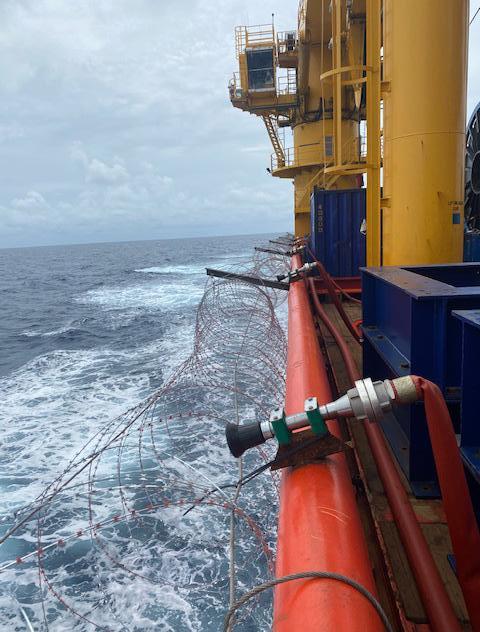
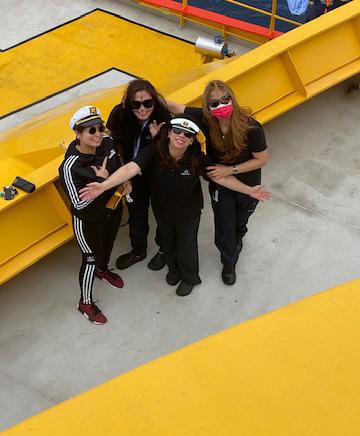
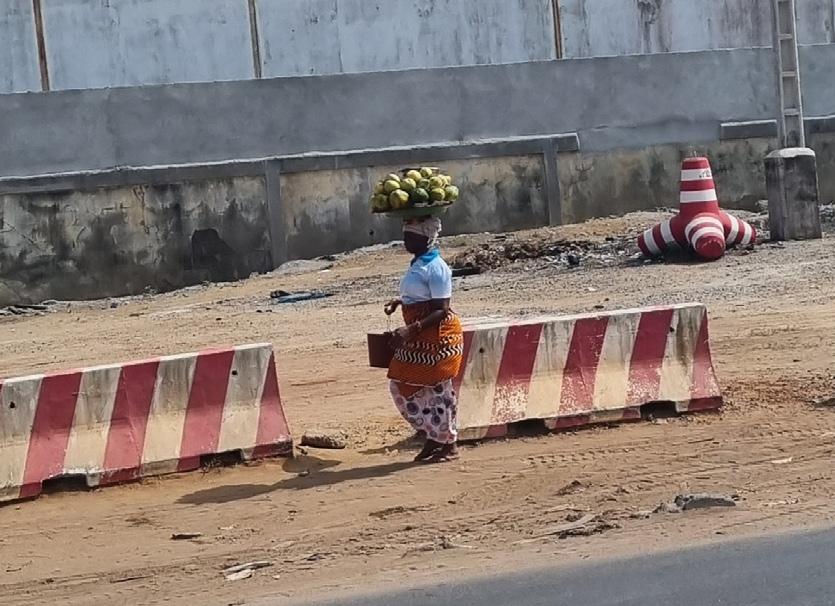
SMOOTH OPERATION
Berg says that the operation went very smoothly.
“Our assignment was to install some spools, risers and goosenecks. The vessel is very capable on handling this kind of equipment, but we had no experience in water depths of 800 metres. Everything worked smoothly, aided by professional people both on deck and in the wheelhouse, including DeepOcean. The minor challenges that arose were resolved quickly. It’s fantastic to work with such a professional team”, says Berg.
Everyone involved worked well together, and the clients were very pleased with the operation.
“The clients were impressed with both vessel and crew. It’s good to come away from such an operation with a little praise”, concludes Berg.
CROSSING THE EQUATOR
The weather conditions during the trip were also excellent. “The sea was beautiful. Even on the coldest day, the temperature was 28 degrees”, he says. “There was little wind during the day, but we did experience some squalls and thunder early in the evenings. All in all, a fantastic place to be”, says Berg.
During its passage, Edda Freya crossed the equator and for many on board this was their first time. As tradition would have it, the vessel was visited by King Neptune’s court and all first crossers had to undergo the baptizing ceremony.
“It made a pleasant change – everyone on board was smiling, laughing and happy”, says Berg.
When asked whether he would like to go back to the same area again, Berg was in no doubt.
“Yes, absolutely. Now that we know what to expect and what precautions to take, I would have no worries about travelling to West Africa again”, he says.
